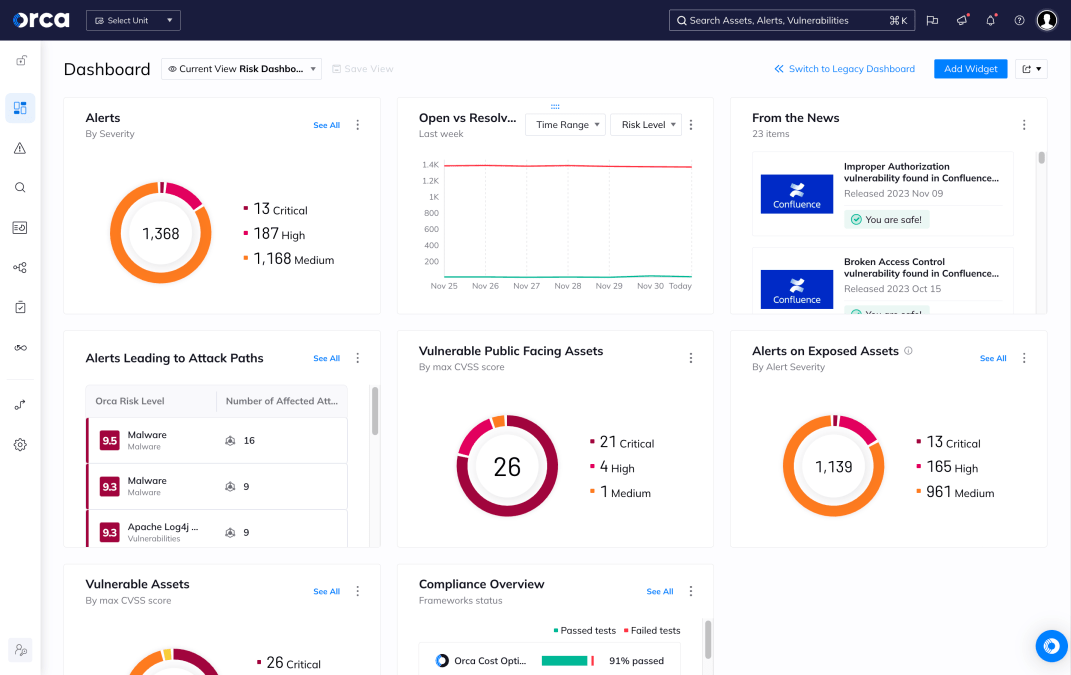Data Loss Prevention (DLP) is a cybersecurity strategy and set of technologies used to detect, monitor, and prevent the unauthorized transmission, sharing, or leakage of sensitive data across an organization’s endpoints, networks, and cloud environments. DLP tools are designed to identify confidential information—such as personally identifiable information (PII), financial data, healthcare records, intellectual property (IP), and other regulated content—and enforce protective policies to prevent data from being mishandled, exposed, or exfiltrated.
What is Data Loss Prevention (DLP)?
DLP encompasses the policies, processes, and tools that protect sensitive data from both accidental and malicious loss. At its core, DLP ensures that data classified as sensitive does not leave the organization in unauthorized ways, whether through email, file uploads, external drives, SaaS platforms, or misconfigured cloud storage. It plays a critical role in reducing data breach risks, meeting compliance obligations, and protecting an organization’s reputation.
Modern DLP solutions are deployed across multiple vectors, including:
- Network DLP: Monitors data in motion across email, messaging systems, and web traffic.
- Endpoint DLP: Protects data in use or at rest on employee laptops, desktops, and devices.
- Cloud DLP: Applies data protection policies within SaaS platforms and cloud infrastructure.
Why DLP is important
The financial and reputational cost of data breaches has made data protection a top priority. DLP reduces the risk of data breaches by enforcing controls that stop sensitive data from being leaked or stolen.
In cloud-first and hybrid environments, data is often distributed across multiple providers, locations, and systems. This fragmentation makes visibility and control more difficult, especially without centralized security tools. DLP helps organizations:
- Enforce compliance with regulations like GDPR, HIPAA, PCI DSS, and SOX
- Prevent accidental or intentional data leakage by employees or contractors
- Protect intellectual property and business-critical assets
- Reduce the risk of insider threats and third-party exposure
With growing attack surfaces due to remote work and cloud migration, DLP provides a critical layer of continuous data oversight and control.
How DLP works
DLP solutions operate by discovering and classifying data, monitoring its movement, and enforcing protective actions. Common detection methods include:
- Pattern matching: Recognizes structured data like credit card numbers or Social Security numbers using regex and predefined templates
- Keyword matching: Flags documents containing sensitive keywords or phrases
- Machine learning: Learns patterns in sensitive data and applies that intelligence to detect anomalies or unauthorized access
- Exact data matching (EDM): Uses hash-based fingerprinting to detect replication of sensitive files
These detection capabilities are combined with policy enforcement engines that define rules for different user roles, devices, and locations. For example, a DLP policy may prevent employees from uploading customer data to unsanctioned cloud storage or block downloads of sensitive documents to USB drives.
Risks and challenges of DLP
Despite its benefits, DLP comes with several challenges:
- False positives: Overly strict or misconfigured policies can generate excessive alerts, leading to alert fatigue and inefficient incident handling.
- False negatives: Attackers may evade detection using encryption, file obfuscation, or splitting data into chunks.
- Cloud visibility gaps: Traditional DLP tools may not detect data stored in or moving between cloud-native services.
- Performance impact: Intensive scanning and inspection can cause latency and affect user experience.
- Insider threats: DLP must balance between enabling productivity and detecting subtle indicators of insider data exfiltration.
DLP systems also struggle with encrypted traffic, limited coverage of bring-your-own-device (BYOD) scenarios, and maintaining consistent policies across diverse platforms.
Best practices for implementing DLP
To maximize DLP effectiveness, organizations should:
- Start with data discovery: Map where sensitive data resides across endpoints, servers, cloud services, and databases.
- Classify and label data: Use automated classification tools to label data based on sensitivity and business impact.
- Adopt a phased rollout: Begin with monitoring mode to understand data flows before enforcing policies.
- Tune policies regularly: Continuously refine detection rules to reduce false positives and adapt to new use cases.
- Integrate with security operations: Connect DLP alerts to SIEMs, SOARs, or ticketing systems to support response workflows.
- Educate users: Train employees on how to handle sensitive data and avoid violations.
Additionally, align DLP strategies with zero trust principles by restricting access based on identity, context, and risk signals.
How Orca Security helps
The Orca Cloud Security Platform strengthens cloud data protection with agentless-first scanning and deep visibility into data exposure across AWS, Azure, GCP, Oracle Cloud, Alibaba Cloud, and Kubernetes. Unlike traditional other platforms that require agents or inline traffic inspection, Orca scans cloud assets out-of-band, enabling frictionless discovery and classification of sensitive data.
Key capabilities include:
- Fully integrated Data Security Posture Management (DSPM) capabilities
- Discovery of unstructured and structured data in cloud storage, databases, and workloads
- Classification of PII, PHI, financial data, secrets, and intellectual property
- Correlation of data exposure with other risk factors like misconfigurations, public access, and excessive permissions
- Prioritized alerting based on business impact and exploitability
- Integration with SIEMs, ticketing platforms, and other tools and workflows for streamlined remediation
By providing full coverage, comprehensive detection, and continuous monitoring, Orca enhances DLP effectiveness and helps organizations reduce the risk of data loss across their cloud environments.



